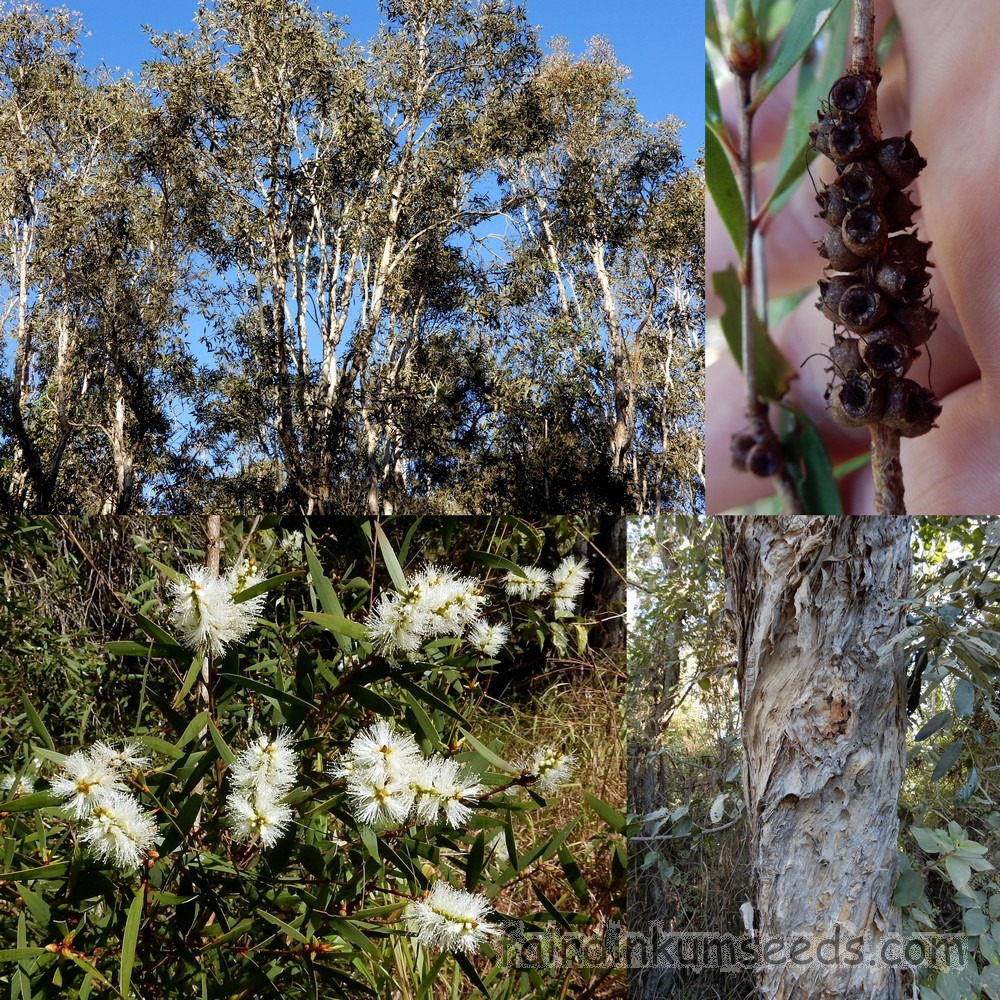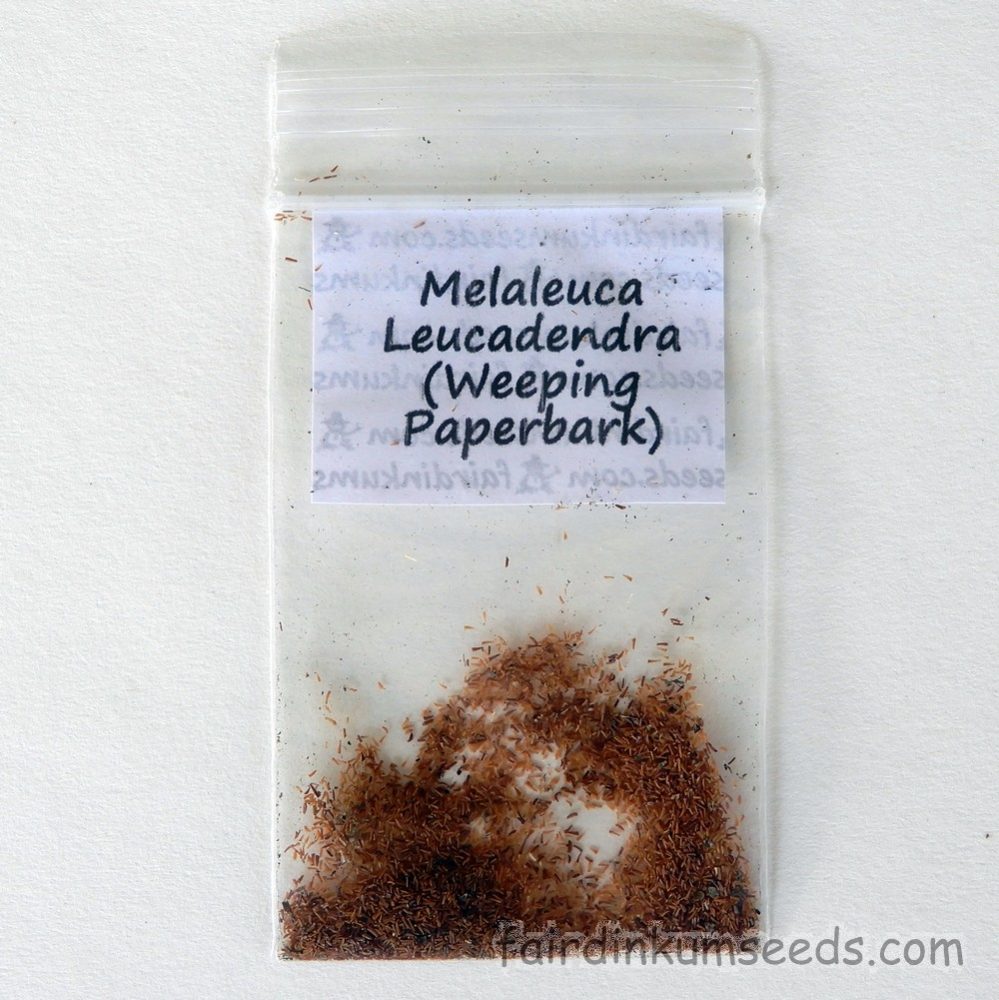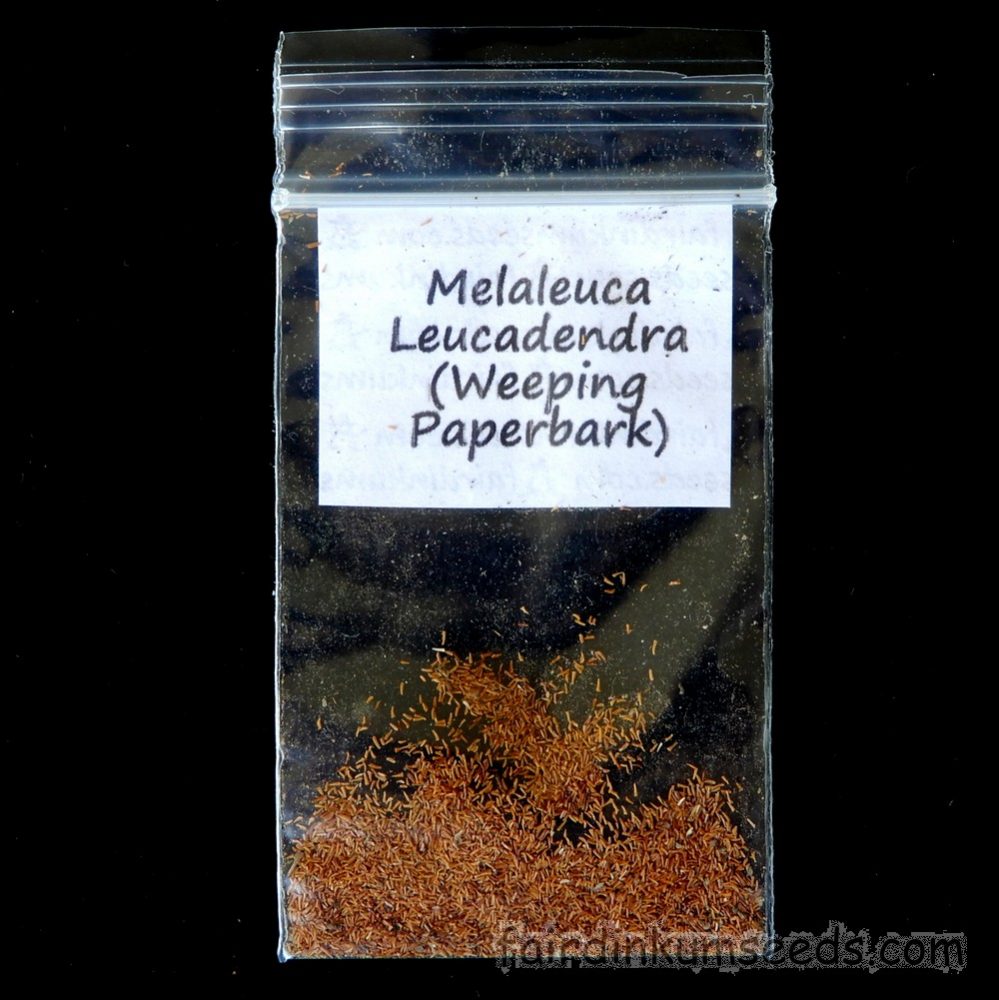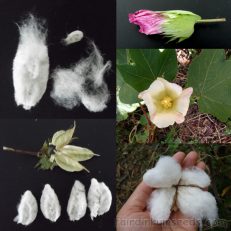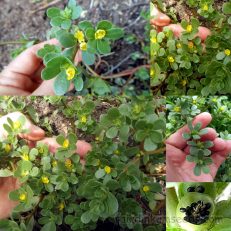Please read text!
Weeping Paperbark Melaleuca Leucadendra Seeds
Packet of 200+ fresh wild harvested seeds!
This species is also know as the white paperbark or long leaved paperbark, and it is found SE-Asia, New Guinea, the Torres Strait Islands and pretty much the top half of Australia.
It is also becoming popular as street, park and shade trees as far south as Sydney.
It is very drought tolerant but at the same time it handles wet boggy conditions too, it’s normally found growing in swamps, marshes and creek lines where it helps to stabilize the banks and prevent erosion.
It has a great minty smell when crushed and this was used to clear the sinuses in cases of cold and flu.
The bark can be peeled and used like aluminium foil for wrapping fish and meats in before baking in the coals or just in the oven.
Melaleuca bark adds a nice earthy flavour, especially to soft meats and vegetables like fish and tuberous vegetables like potatoes and carrots.
The Australian Aborigines also used them for making bark canoes, making huts and wrapping the dead.
They bloom many times throughout the year and the pure white flowers look lovely.
The native bees and honey eaters smash them!
Even the pink tips on the new growth looks cool.
Very easy to grow but there is a bit of a trick for increasing the success to near ~100%.
Use sandy well draining soil, sprinkle the seeds on top, water really well then cover the pot with cling wrap to trap the moisture, or sit the pot in a bowl of water an inch or so deep, or both.
If you sit it in water make sure you take the pot out and allow it to drain for a few hours, and change the water a couple times a week or the soil will sour causing fungal issues.
They need drainage, but also high moisture levels to start with as the seeds are tiny and a bit delicate to heat stress.
After germination just remove the plastic, or pull the pot out of the water and treat them like normal and with me it didn’t make much difference which way I used, plastic cover, shallow dish of water, or both.
They nearly all came up with all three methods in my experiments.
Wildharvested locally, no chems, no nasties no problems!!!
